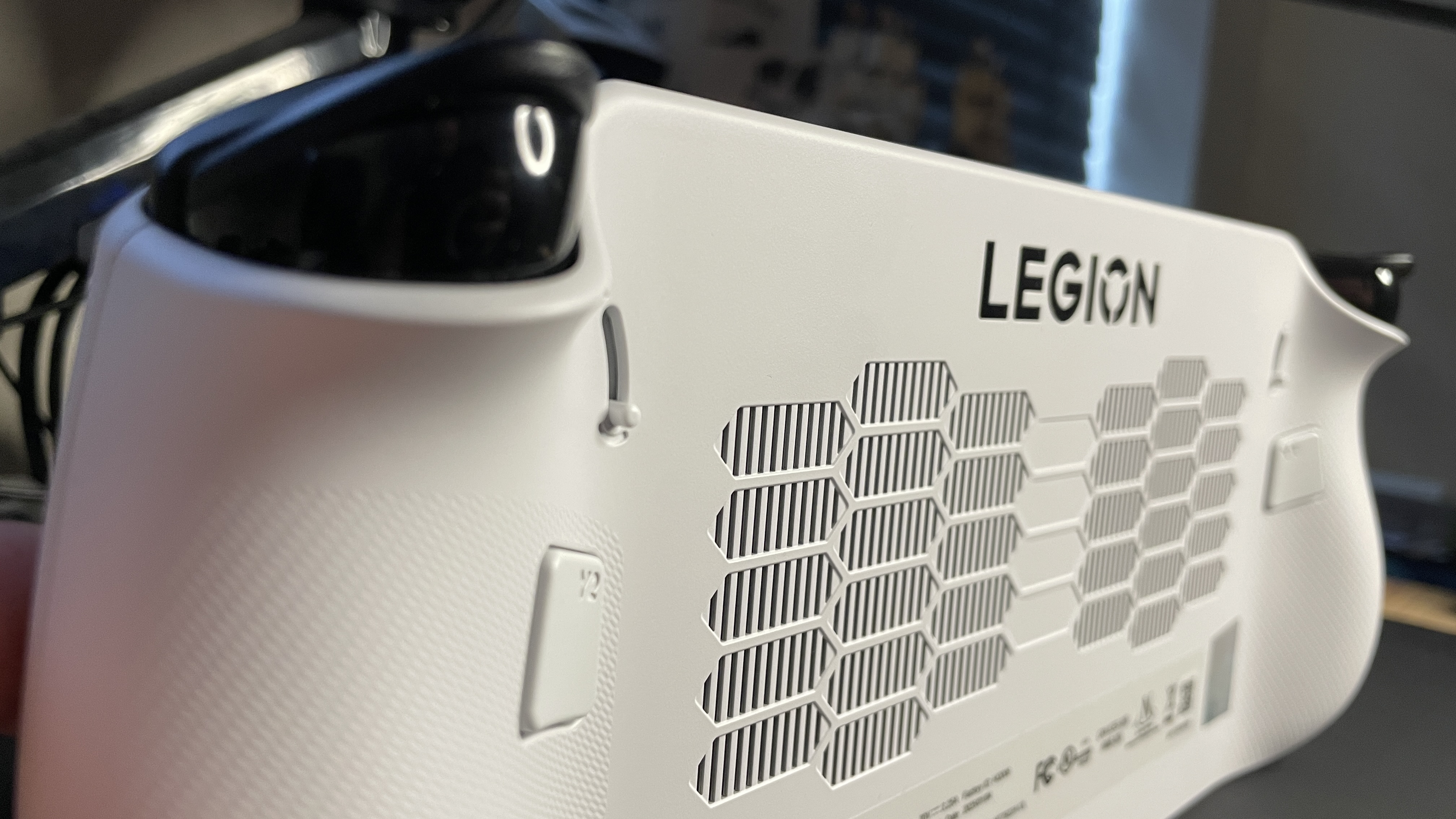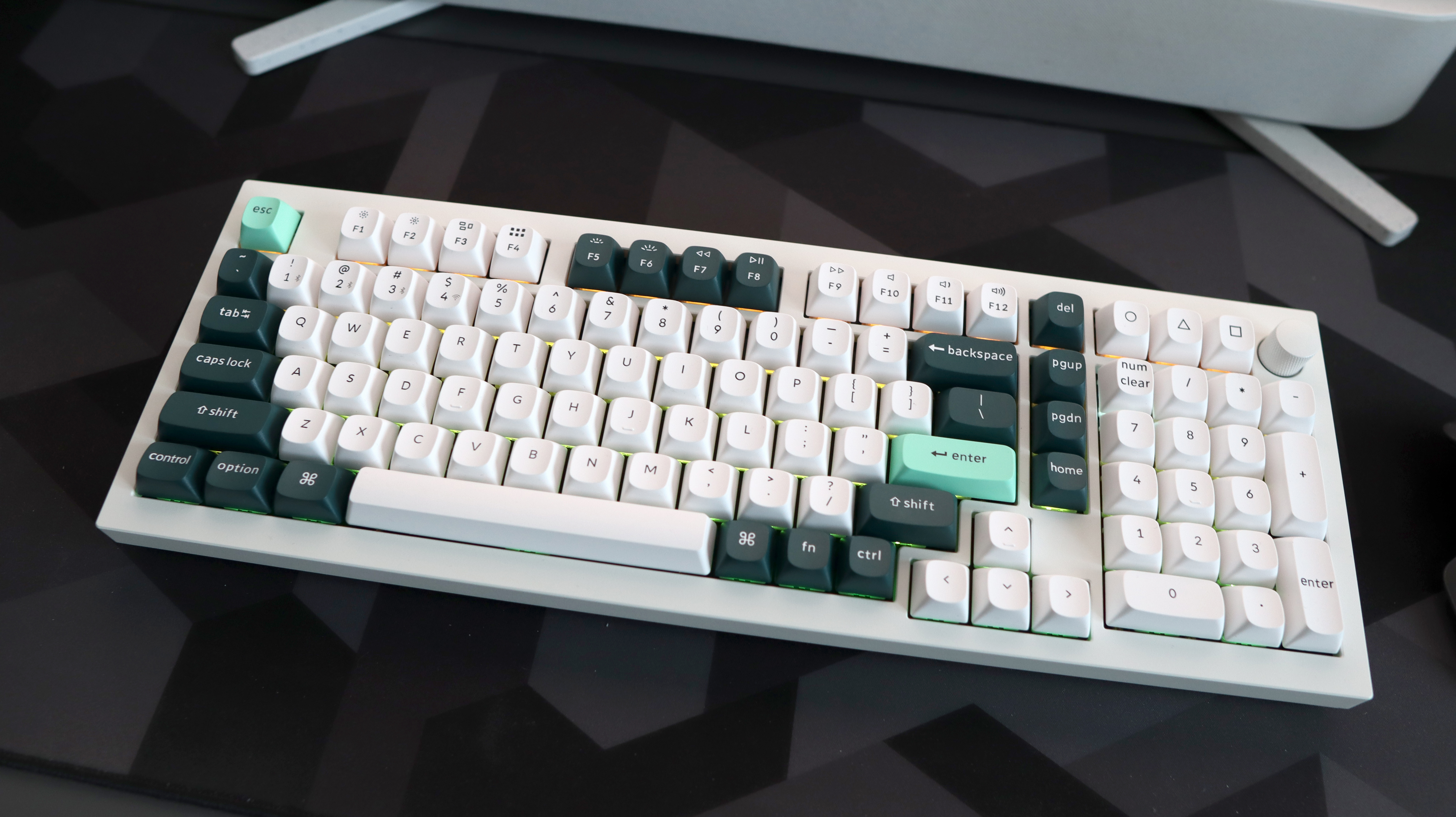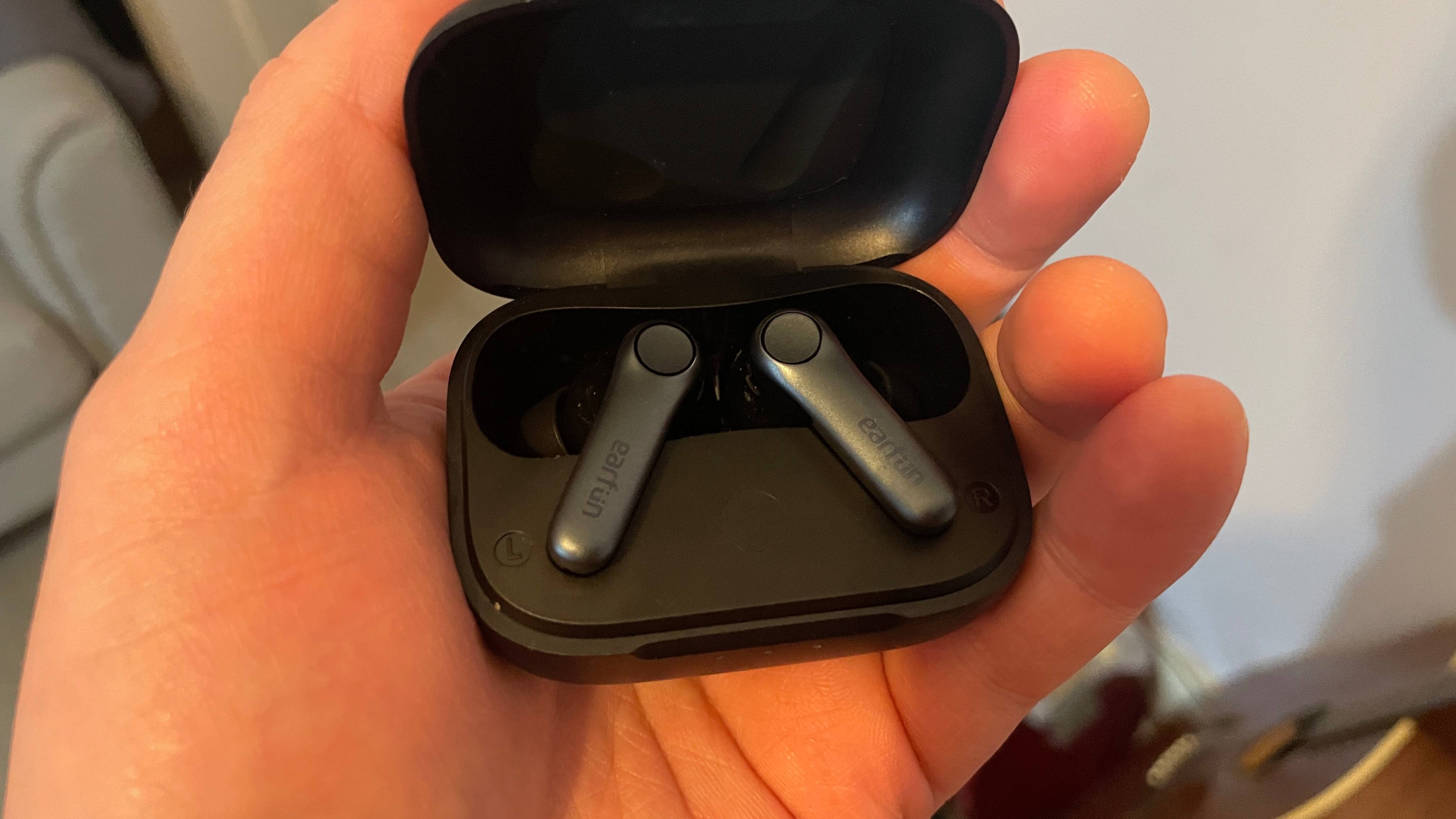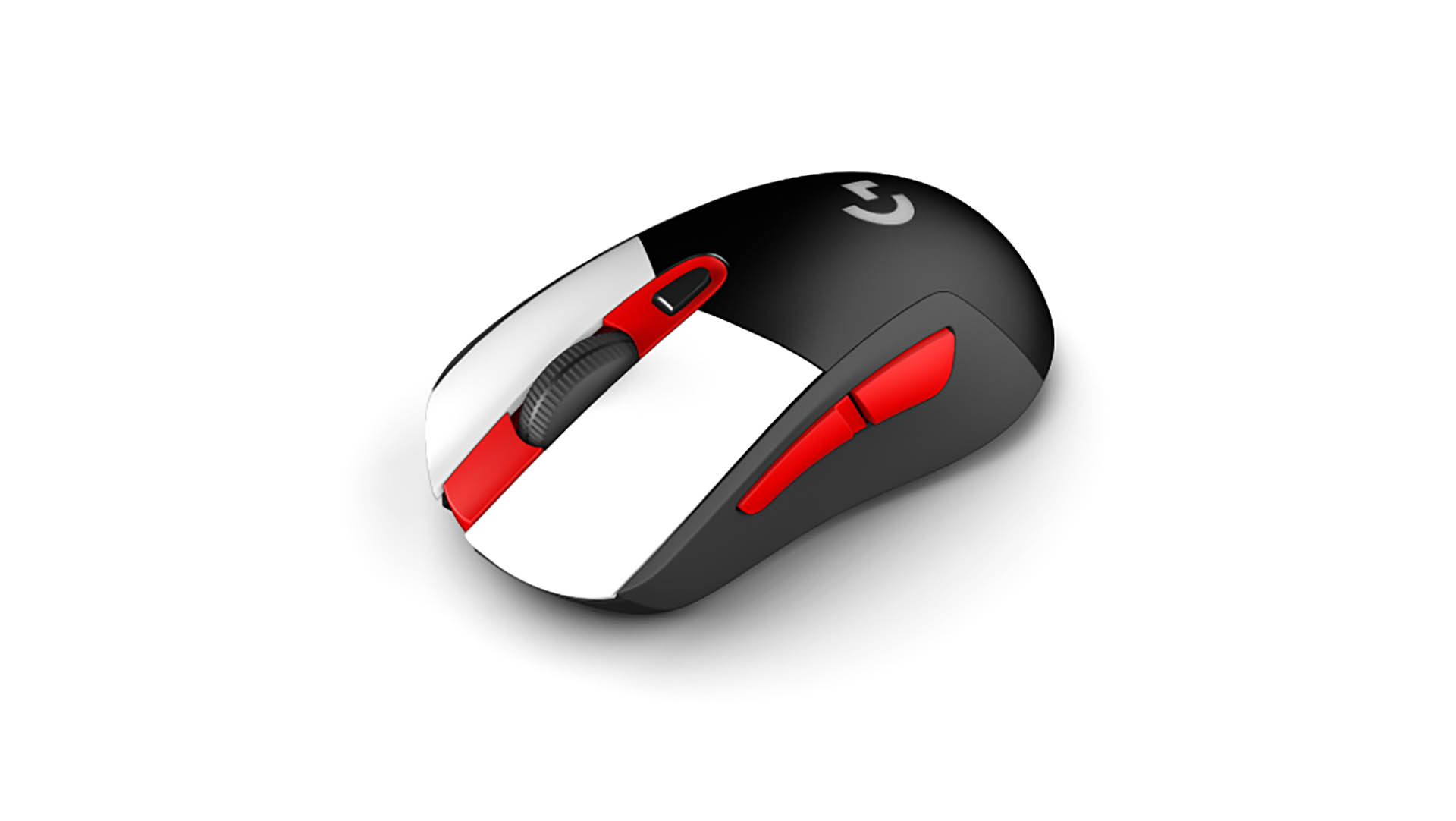
Poor quality products haven't disappeared, but gaming going mainstream has raised all boats.

This week: I spent hours emptying my office to make room to build a new desk. Then I spent hours building said desk. Finally, I spent hours looking at the ruin wrought upon my apartment as my various office gubbins sit tucked into every nook and cranny, all the while putting off actually moving it all back into the office again.
As I was sitting on the sofa with the Lenovo Legion Go S recently, I was struck by just how comfortable it is to use. Comfort is one of the main benefits of the handheld that I noted in my review, and it goes some way towards making up for its lacklustre power.
In fact, the handheld is so comfortable that I pretty much exclusively use it instead of the original Legion Go—I use the latter as a slightly cumbersome reading tablet, strange as it sounds. And it’s not just ergonomic comfort that makes the Legion Go S great, either; it’s also its satisfying clicks and springy triggers. Plus, I can’t lie, it looks prettier too, in a minimalistic kind of way.
After gaming on the Legion Go S, the next day I returned to my desk for work and started typing away on the Keychron Q5 HE. This is a Hall effect keyboard—a key switch technology that’s primarily beneficial for gaming—and yet the main reason I keep it on my desk isn’t because of this tech but simply because of how comfortable and satisfying it is to use. Seriously, my modded Varmilo keyboard is literally collecting dust because the key action on this Keychron gaming keyboard is just. So. Satisfying.
This is what I’d always wanted from my PC gaming gear, but I feel like I’ve only recently been able to say: Yes, PC gaming gear is high-quality and comfortable, and we’re not really missing out on anything by using it. And that’s partially because the line between gaming and non-gaming gear is becoming blurred.
I can’t help but contrast this with when I first started PC gaming almost 20 years ago. I remember picking up the first Razer BlackWidow keyboard in 2010 or 2011, and I was so impressed with it, mainly because mechanical keyboards weren’t so common back then and it was my first go with one.
But objectively, the original BlackWidow doesn’t hold a candle to what you can get today. It had flimsy and somewhat rattly keycaps, basic (non-lubed and scratchy) Cherry MX Blue switches, and less than ideal sound dampening (if any was present at all—I can’t remember because I don’t think I even knew about keyboard sound dampening, at the time). It was heavy and sturdy, at least, but that was about it. Great for its day, but not for today.
And yes, I’m sure there were some great mechanical keyboards back then, too, but those would be a far cry from the full-featured beasts you can get today. They would be a far cry from a Hall effect keyboard of such high quality, with such gorgeous typing sound and feel, as the Keychron I use today. We’re not having to choose at all between gaming performance, quality, and comfort.
Nor are we having to choose between gaming performance and sleek, office-friendly aesthetics. I’m reminded of this most acutely by my Logitech G Pro X Superlight (which admittedly now requires a little maintenance after much use). This mouse is (super) light, performant, and looks perfectly inconspicuous in pretty much any environment, provided you don’t go for the bright pink version.
We could, of course, see this as following the trend of technology in general, whether it’s PCs, bikes, or TVs. With raw performance and new features tending to plateau—at least compared to earlier advancements—focusing on comfort and performance is one way to stay ahead of the competition (well, that and making things look good but reducing quality to cut costs and increase margins, but we’ll leave that aside for now).
When it comes to PC gaming gear, though, the shift is, I think, in part because PC gaming has become so popular and mainstream that many gaming hardware and peripheral companies are seeing the benefit in making high-quality products that can double as work and general life products.
When I met with some SteelSeries reps last year, they were keen to impress upon me that the company’s peripherals (or at least its Apex Pro Gen 3 TKL keyboard) are designed off the back of the recognition that people aren’t just sitting at home gaming nowadays. They’re travelling and using the same peripherals at the office, or they’re staying at home using the same peripherals for both study and game time.
And sure, there will always be garish RGB-laden gaming gear that’s seemingly made out of foil and toothpicks being sold for $10. That’s primarily because PC gaming will always have a healthy market of kids who like shiny things but can’t spend much money. But now there’s an incredibly healthy supply of the opposite, too, and such a healthy market of this opposite seems to me to be a pretty recent development.
Best gaming mouse: the top rodents for gaming
Best gaming keyboard: your PC’s best friend…
Best gaming headset: don’t ignore in-game audio
You see this the other way around, too, with non-gaming companies tailoring products to gaming. My current favourite bit of kit, for instance, is the EarFun Air Pro 4, a pair of lively little earbuds. EarFun is certainly not a gaming brand, and yet its earbuds work wonderfully for gaming, thanks to Game Mode, which reduces latency to imperceptible levels when connected over Bluetooth. You’ll find similar modes in the software for most decent earphones today.
It’s taken me a while to admit this (and my colleague Jacob R will be happy to know he’s finally reigned victorious in our months-long debate over this exact issue in regards to keyboards), but it’s really quite easy to find high-quality gaming peripherals, devices, and components these days. By this, I primarily mean peripherals and devices that are comfy, satisfying to use, and have office-friendly designs, which are also great for gaming.
That’s true whether you’re looking at a gaming brand that’s finally set its mind to simpler things rather than flashy RGB lighting and raw frame rate performance, or at non-gaming brands that have realised enough people are gaming these days that it can’t hurt to affix some gaming functionality. That’s why I’m pleased to admit that we’re finally at the spot I used to wish we would arrive at all those years ago when I started gaming on PC.









